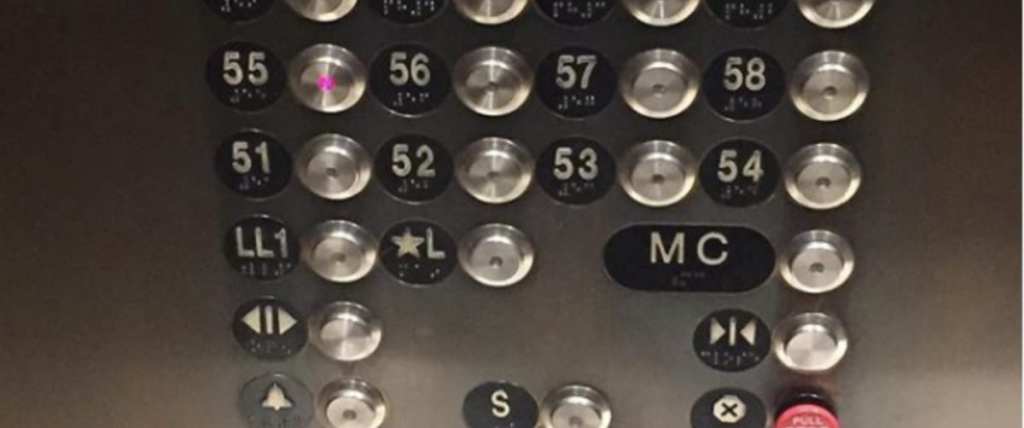You know the moment: you decided to wait on the elevator even though you’re running late, but it took forever to show up, and now you’re standing there waiting for the stupid doors to close, wishing the whole time that you’d taken the stairs.
You jab the “close door” icon repeatedly, and a rush of satisfaction rolls through you when, after a pause, the doors follow your internally screamed command.
Except…the button didn’t actually do anything. Just fyi.
https://www.instagram.com/p/B1ptZa5B-vj/
The executive director of the National Elevator Industry trade group admitted recently that the close door button has been disabled on all U.S. elevators for a very long time, thanks for the Americans with Disabilities Act. Passed in 1990, the law requires elevators doors remain open long enough to anyone who needs assistance or using a mobility device to get safely in or out.
Since the majority of elevators out there are under 25 years old, the chances of snagging one with working close door buttons is just about nil.
Which should also make you feel good because your elevator is less than 25 years old.
https://www.instagram.com/p/B4IqqwqlzMu/
But why bother to put them in new elevators if they’re not going to work?
Well, according to Drexel University professor John Kounios, it’s because the “white lie” of being able to hit the button is actually helpful.
“A perceived lack of control is associated with depression, so perhaps this is mildly therapeutic.”
Or at least, it was before you clicked on this article.
https://www.instagram.com/p/B3z00SHBgU-/
There’s good news, though – if you think you’ve been a generous, thoughtful person in holding the elevator doors open for people, you totally are.
Because those buttons are still functioning just fine.






